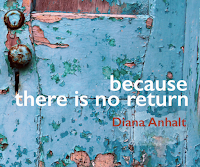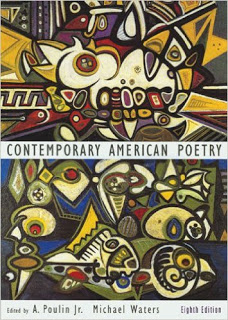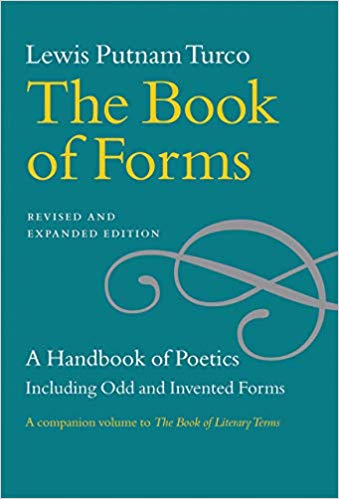
They say that books are magical objects. Certainly some take a long and mysterious while to reach this reader. I had heard about Diana Anhalt’s A Gathering of Fugitives: American Political Expatriates in Mexico 1947-1965 when it first came out in 2002, but it wasn’t until a dozen years later that, after finding it by happenstance at Tepoztlan’s La Sombra del Sabino bookstore, and— more happenstance, a deliciously free afternoon— I delved in, and with increasing admiration and fascination, devoured it.
The author of three chapbooks —Shiny Objects, Second Skin, and Lives of Straw— Diana Anhalt is also a superb poet. Her work has been nominated for this year’s Pushcart Prize and her book, Because There is No Return, is forthcoming from Passager Press (University of Baltimore).
> Read some of Anhalt’s poetry on Kentucky Review’s webpage: “Desaparecido” and “Inventory“.
> You will find A Gathering of Fugitives on my Top 10 List of Books Read in 2014 and also on the ever-growing list of Recommended Books on Mexico.
#
FAVORITE BOOKS THAT INSPIRE POETRY
A GUEST-BLOG POST
BY
DIANA ANHALT
1. Sometimes I am convinced I write poetry because I hated Math. Throughout high school I spent my math classes memorizing poems from my literature textbook: Edgar Allen Poe, Robert Frost, Carl Sandburg, Amy Lowell, William Rose Benet, Joyce Kilmer… So, certainly, the books that influenced me, although I no longer remember their titles, and drove me to write poetry, were the high school literature textbooks commonly used during the 1950s.
2. Then, once I started writing in the ‘60s, an inspiration and a frame of reference became John Ciardi’s How Does a Poem Mean (Houghton Mifflin, 1959)
3. One collection I refer to time and time again because so many of its writers spur me to write is A. Poulin’s Contemporary American Poetry (Houghton Mifflin, 1985)

4. When it comes to the craft itself Lewis Turco’s The Book of Forms: A Handbook of Poetics (University Press of New England, 2000) is indispensible.

5. I also find Annie Finch’s A Poet’s Craft (The University of Michigan Press, 2012) helpful, though sometimes overwhelming.

Q & A with Diana Anhalt on her Poetry Collection Walking Backward
